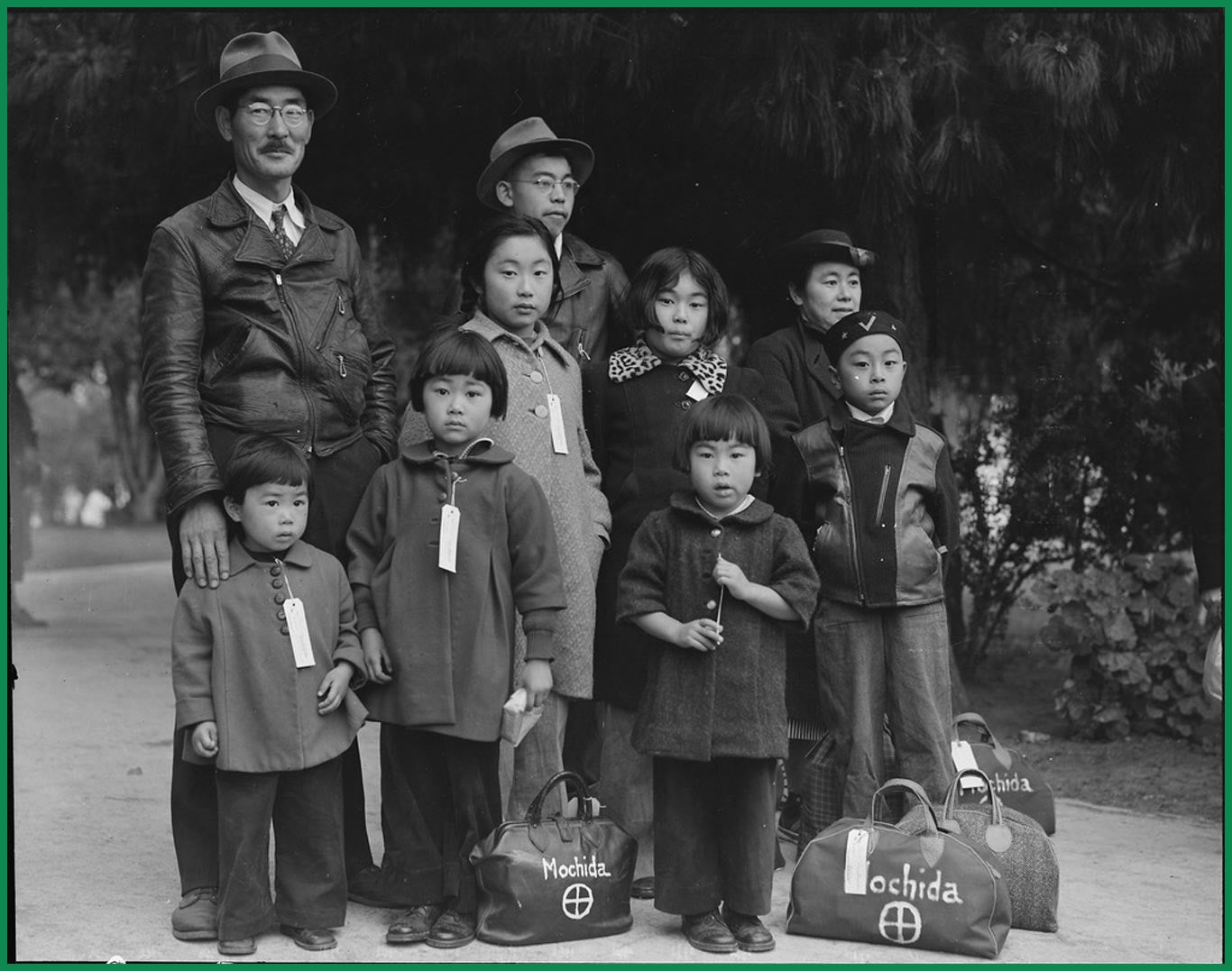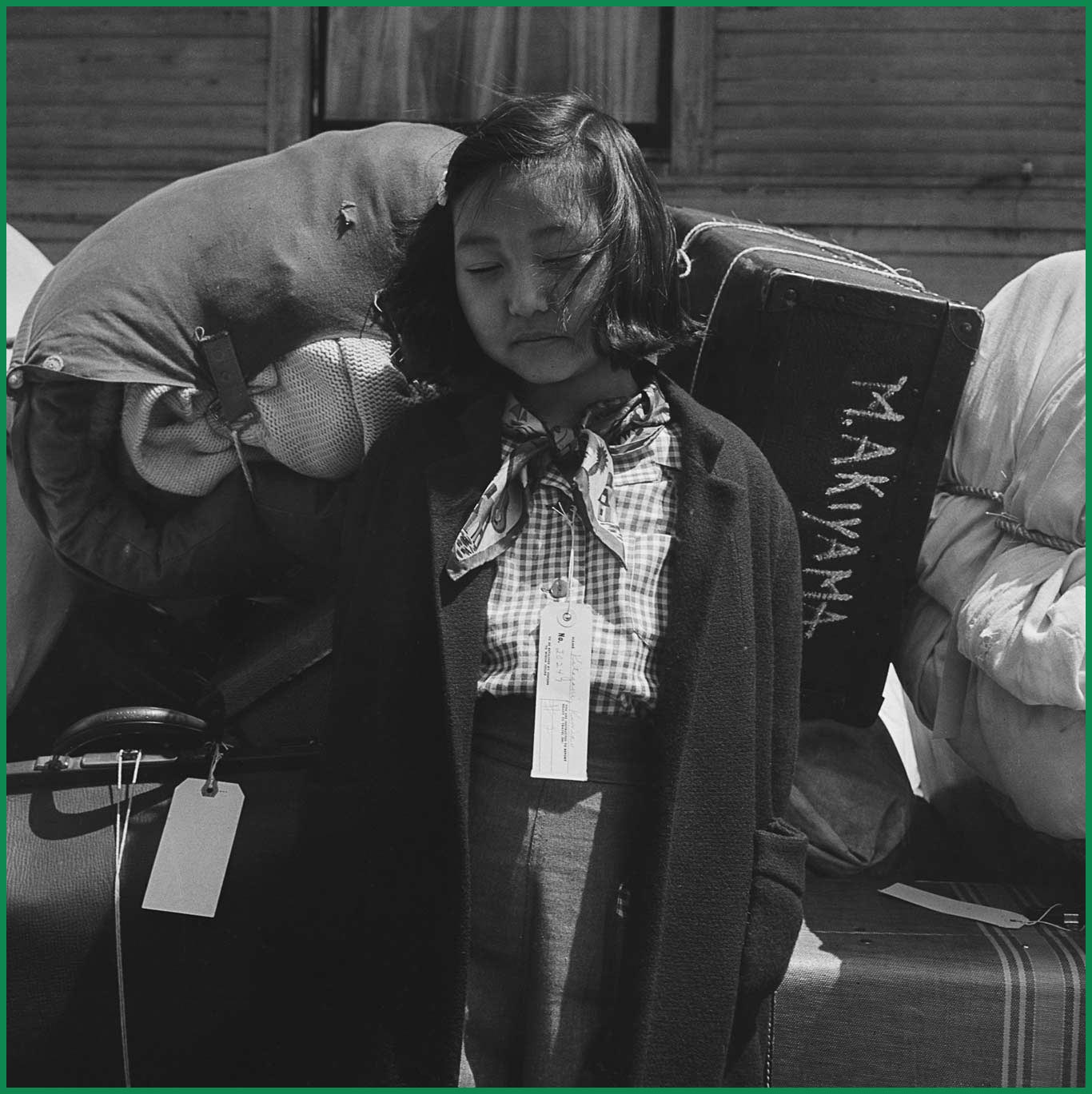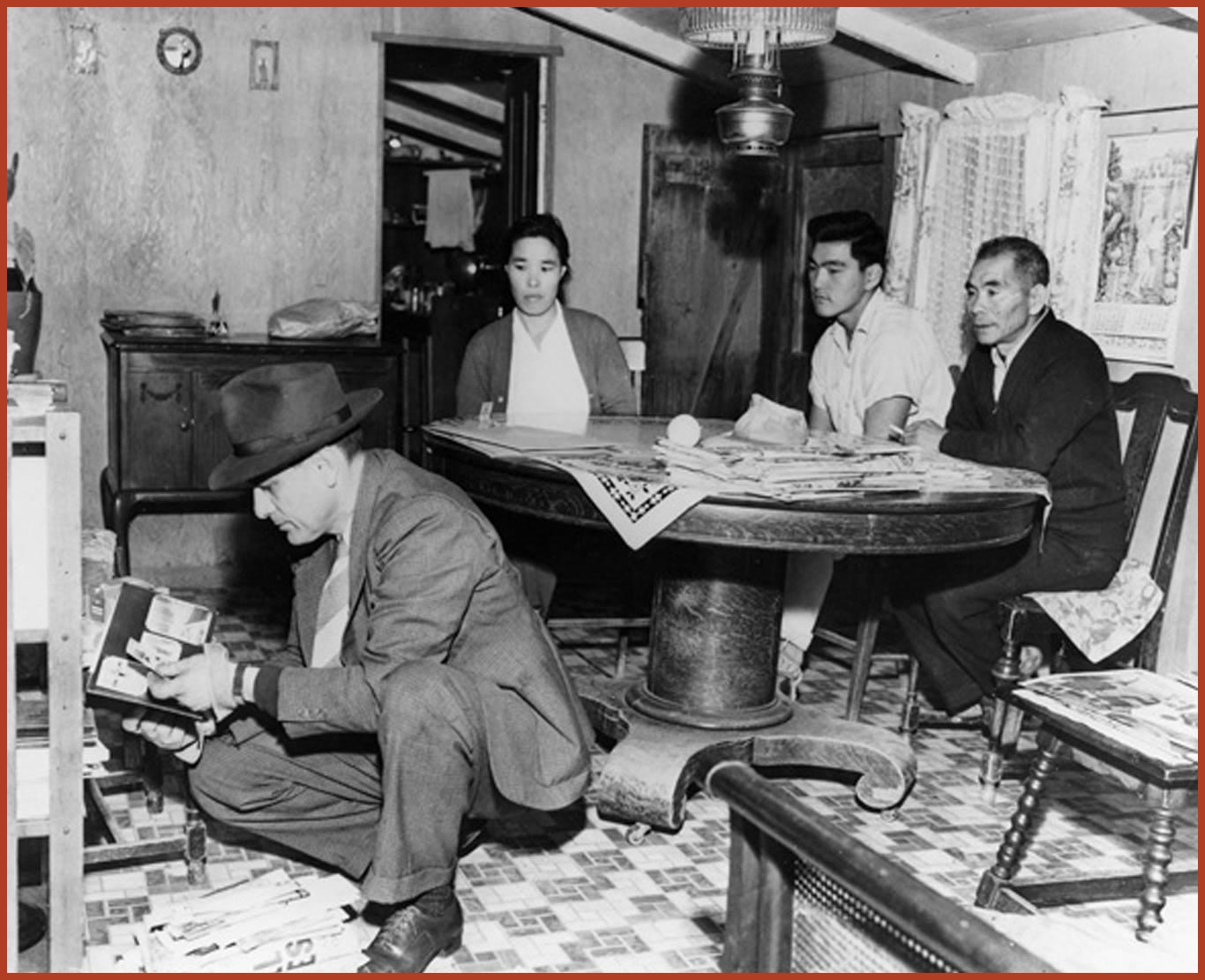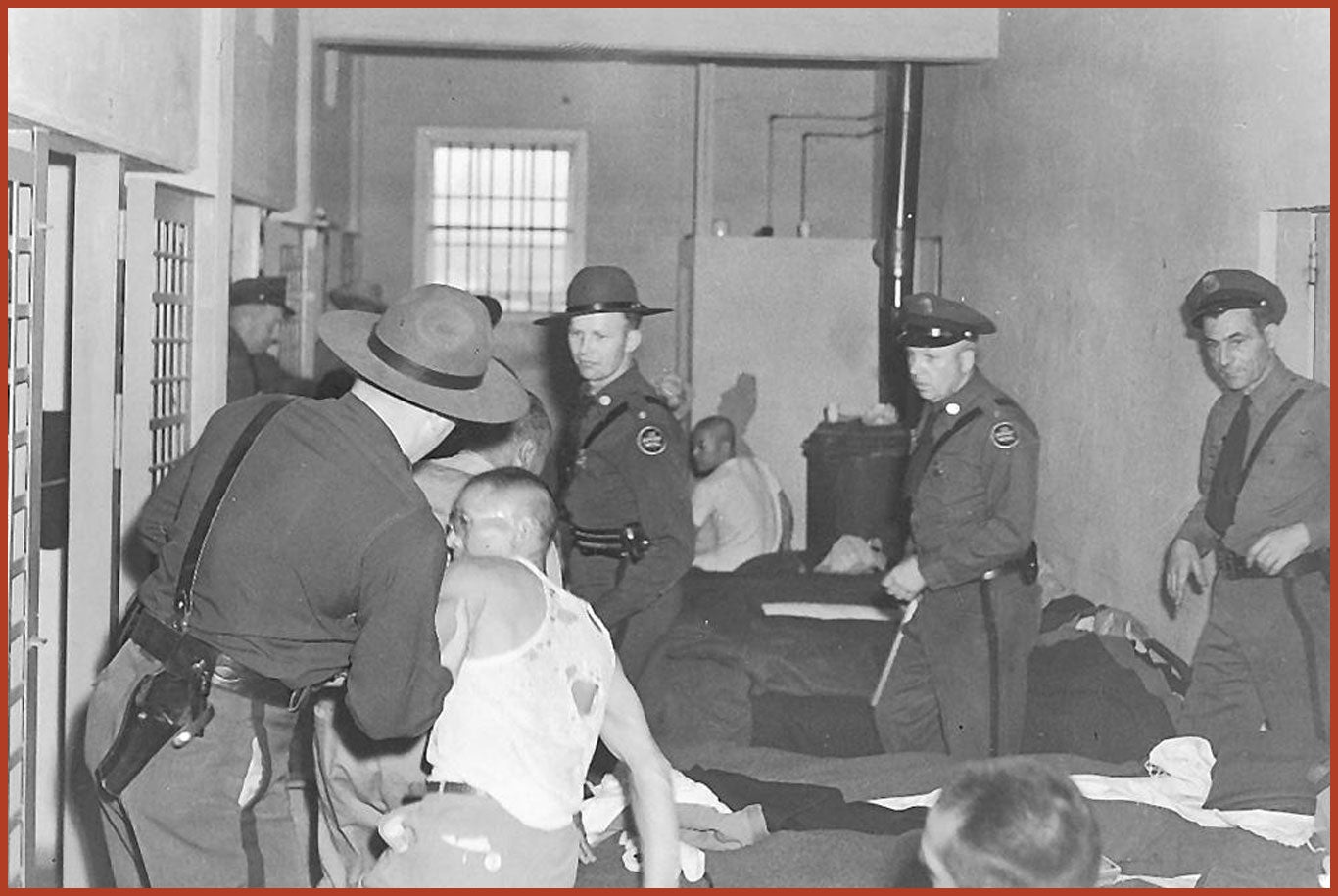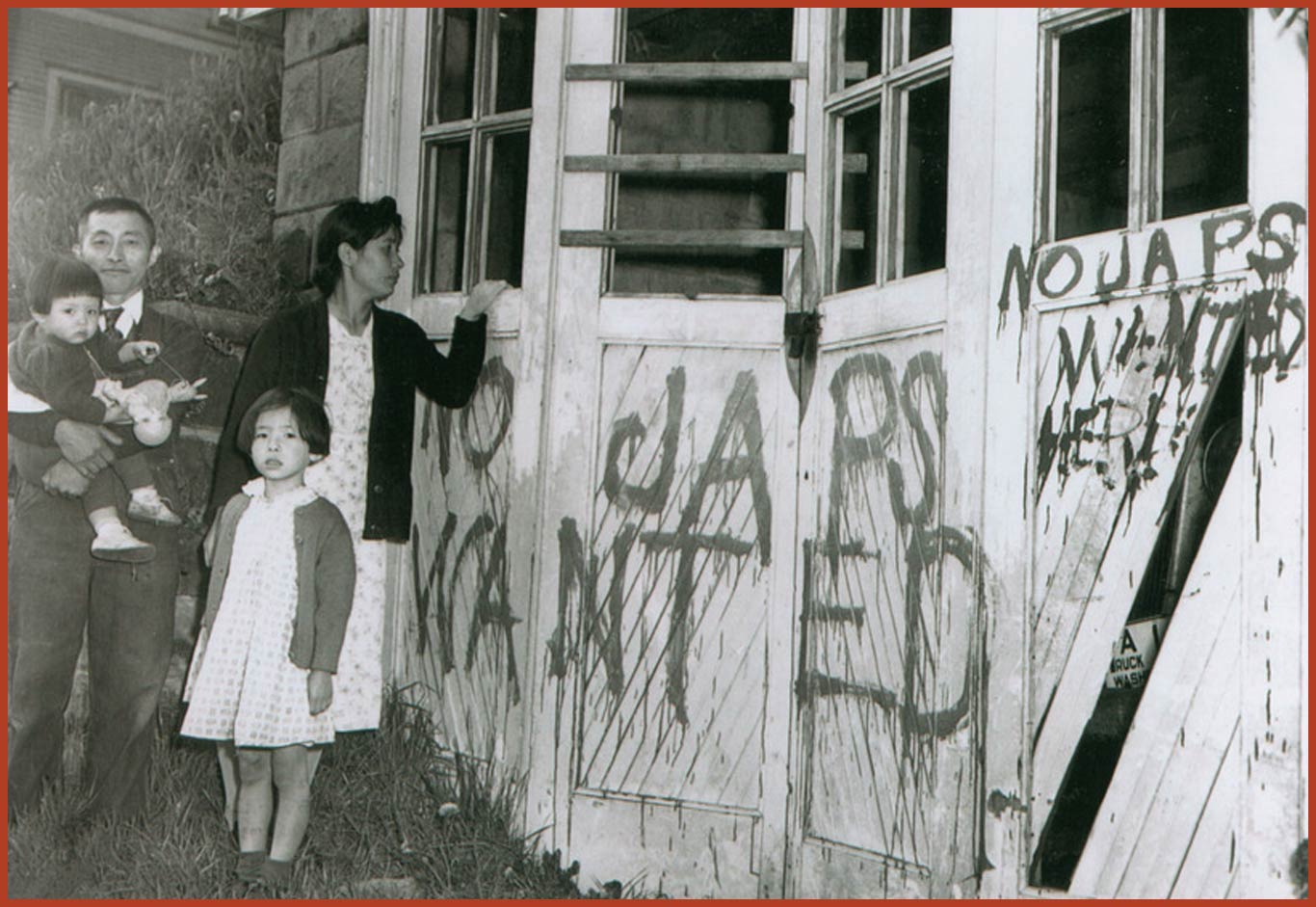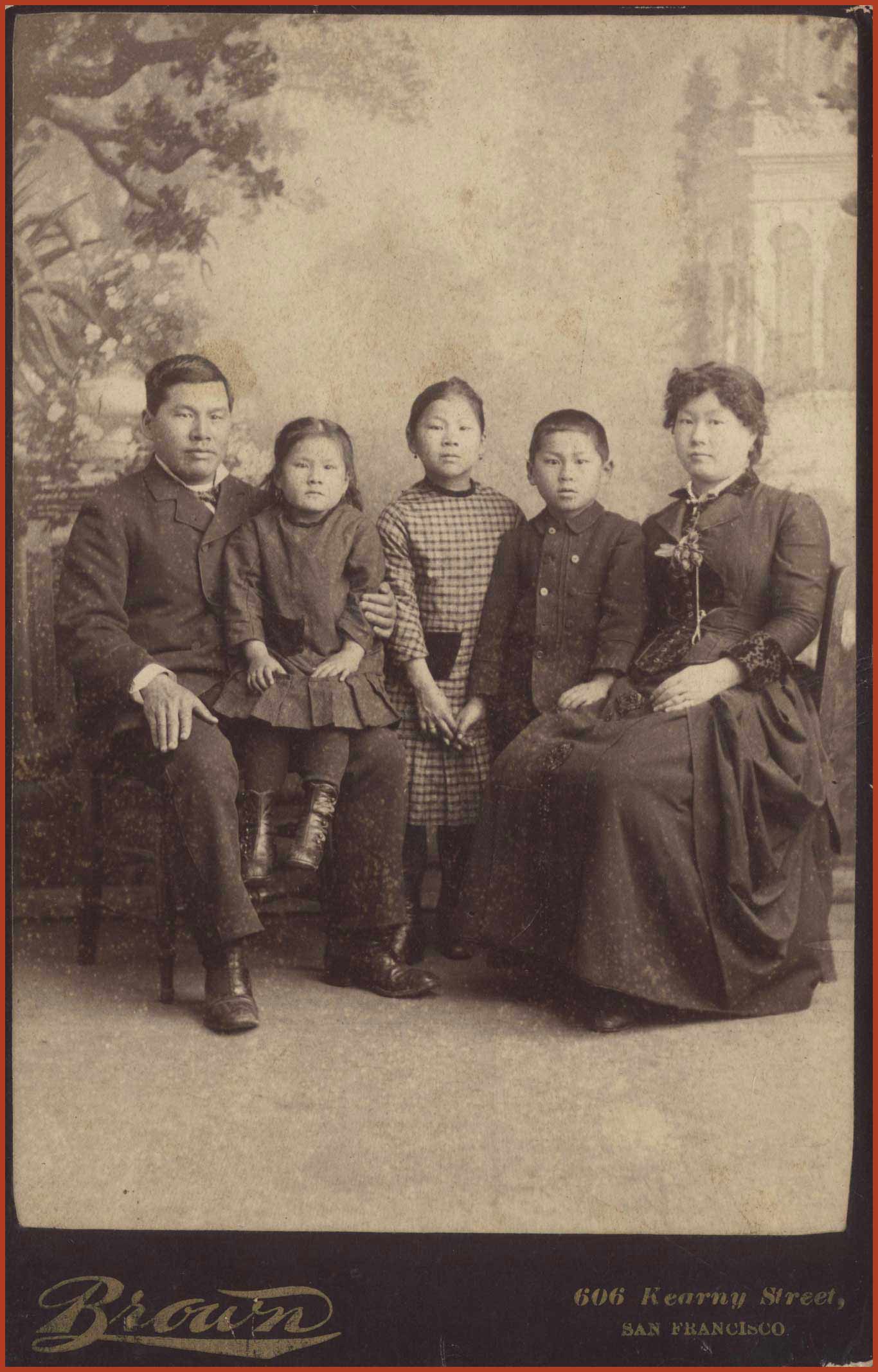Advanced Search
Asian American and Pacific Islander studies resources for the classroom
All chapters of Foundations and Futures include lesson plans and curricular tools that are designed for high school students and grounded in ethnic studies pedagogy. Feel free to search our repository of primary sources and material that helps bring Asian American and Pacific Islander histories and experiences into the classroom.
Multimedia
# of # results
Chapters
-
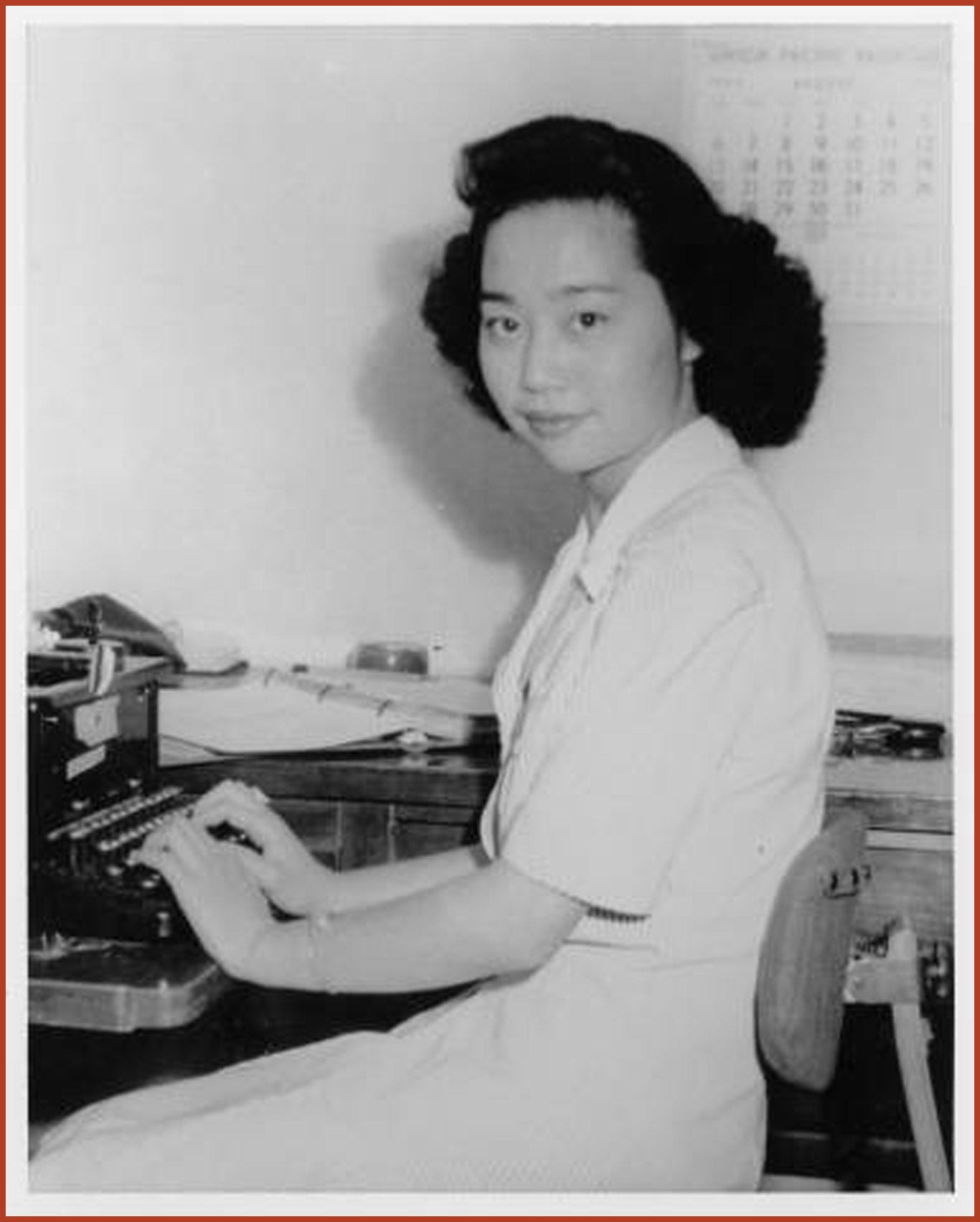
Image
Mitsuye Endo
Mitsuye Endo, an American citizen, was relocated to Tule Lake Relocation Center and then at Topaz Relocation Center. In 1944, attorneys argued before the U.S. Supreme Court on her behalf. The court rules that the War Relocation Authority may have to detain other classes of citizens, but it has no authority to subject citizens who are concededly loyal to its leave procedure.
-
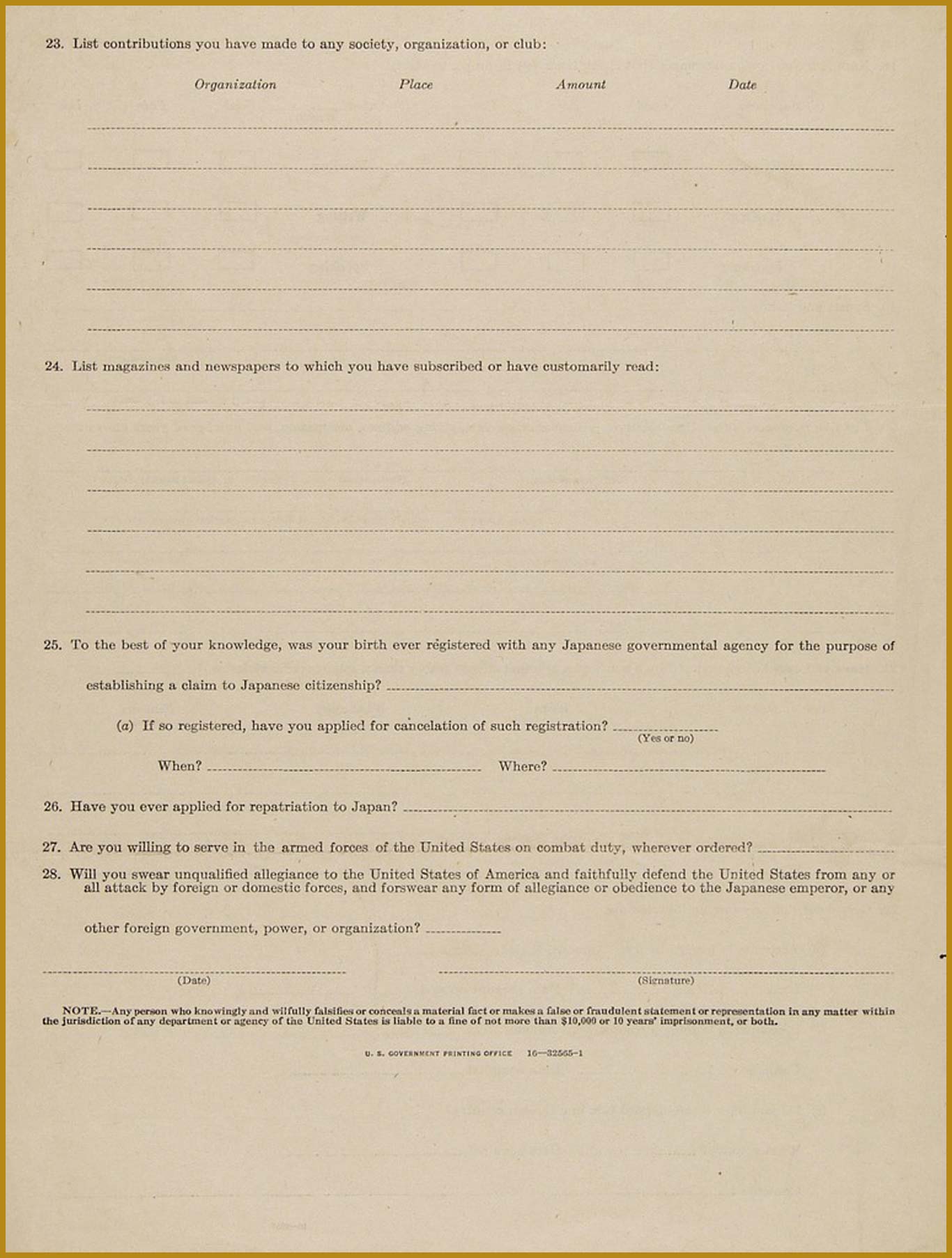
Text
The so-called “Loyalty Questionnaire”
-

Image
Japanese-American children at the Crystal City Internment Camp in the ’40s
-

Image
Freedom Train
Jimmy Murakami’s final painting was called ‘Freedom Train’ it showed the Murakami family huddled together on a train headed to LA carrying the same suitcases they had entered Tule Lake with four years earlier, they also had the ashes of Jimmy’s sister Sumiko
-
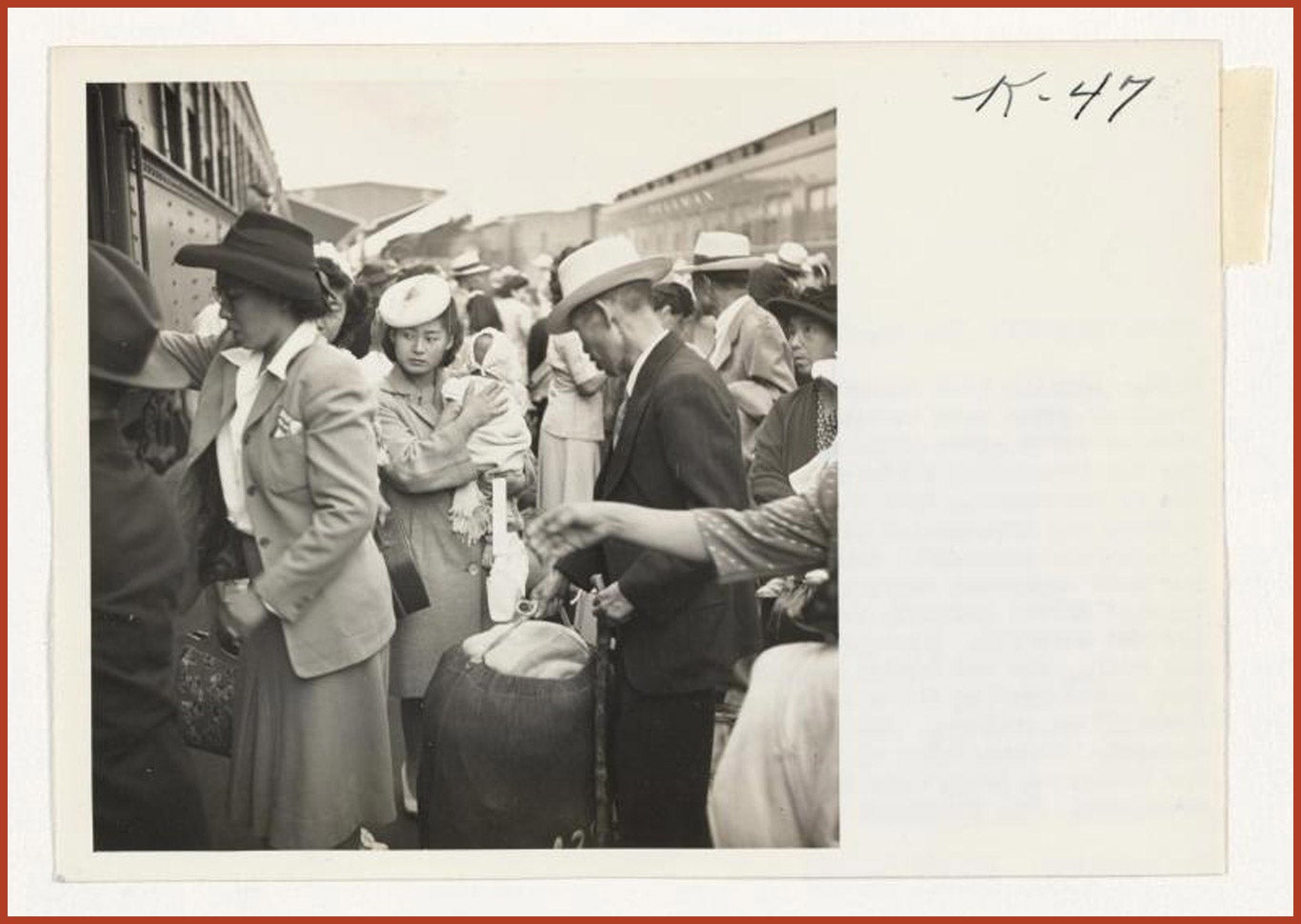
Image
Japanese-Americans returning to Sacramento, California, United States after being released from Rohwer Center internment camp in McGehee, Arkansas, United States, 30 Jul 1945
Roaring into Sacramento Monday morning, July 30, a special train of seven cars brought some 450 Japanese American residents of California back to their homes after residence of over three years at the Rohwer Center of the War Relocation Authority, McGehee, Arkansas.
-
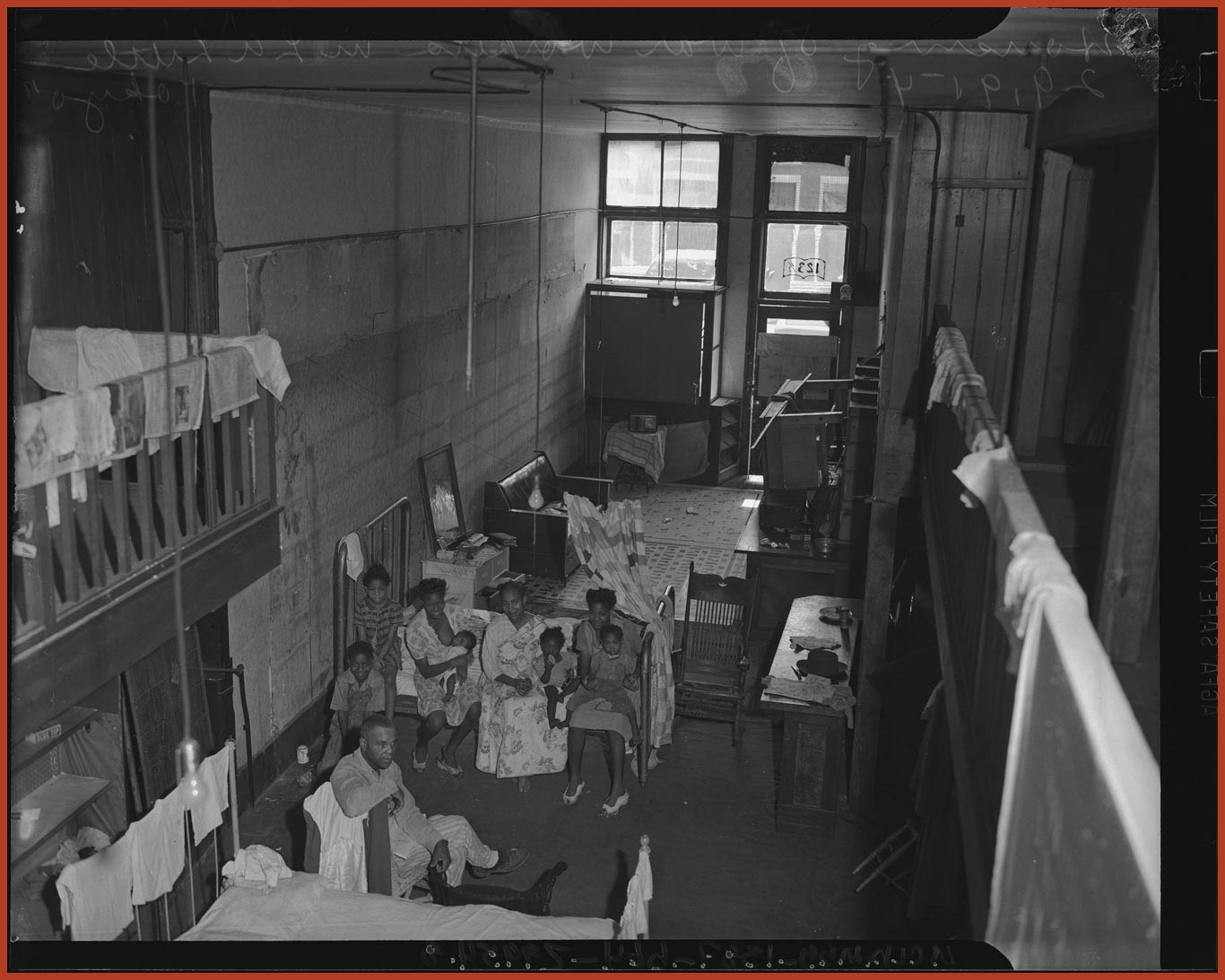
Image
Wartime housing in Little Tokyo’s Bronzeville, Los Angeles, 1943
Little Tokyo in Los Angeles was dubbed “Bronzeville” during World War Two, as African American families and workers moved into the empty homes and businesses of the relocated Japanese American community. Interior view of makeshift housing for an African American family in Little Tokyo, Los Angeles.
-

Image
The Americanization School
The Americanization School, sponsored by Japanese Ancestry Society.
-
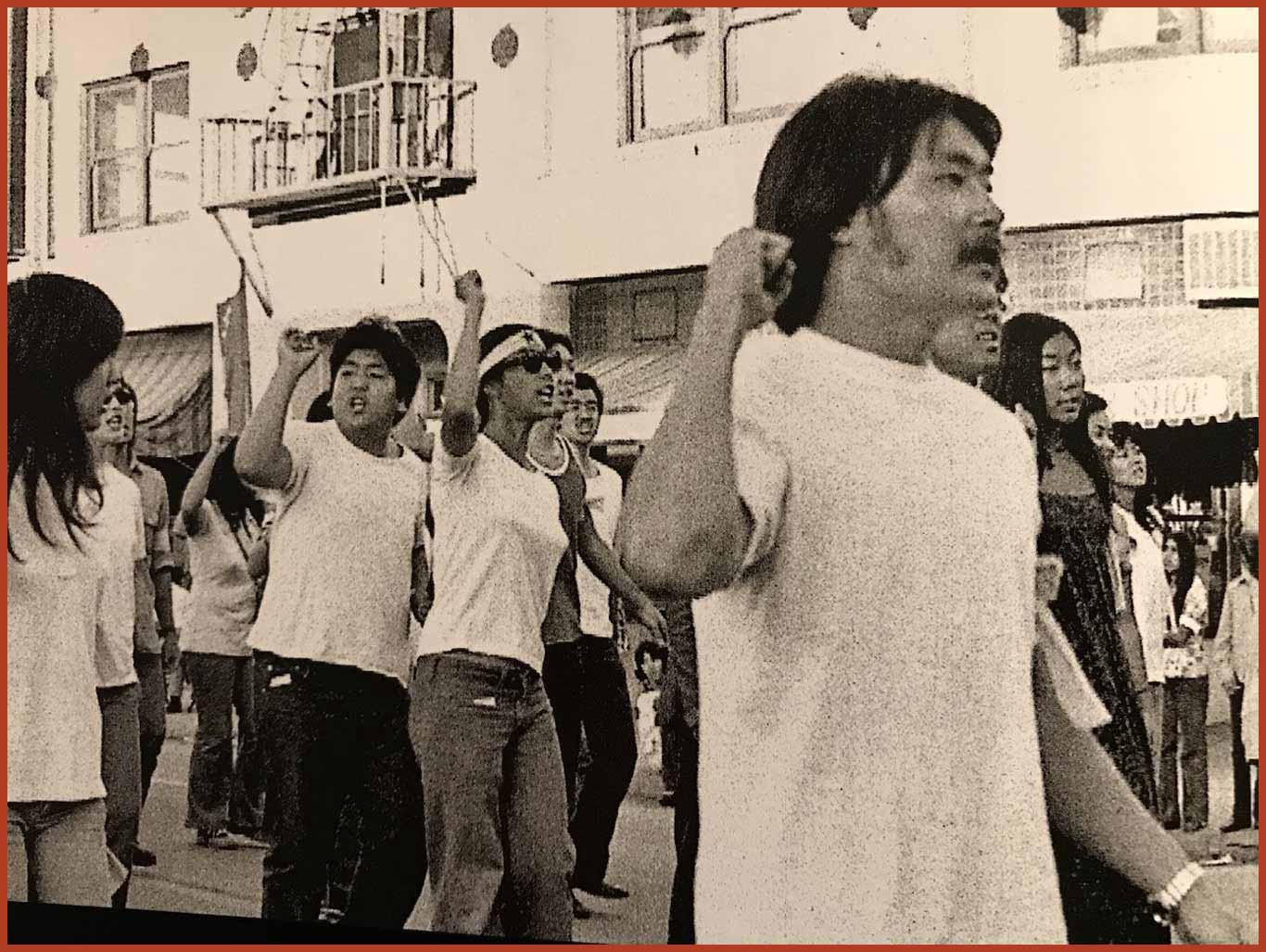
Image
Van Troi Anti-Imperialist Youth Brigade
-
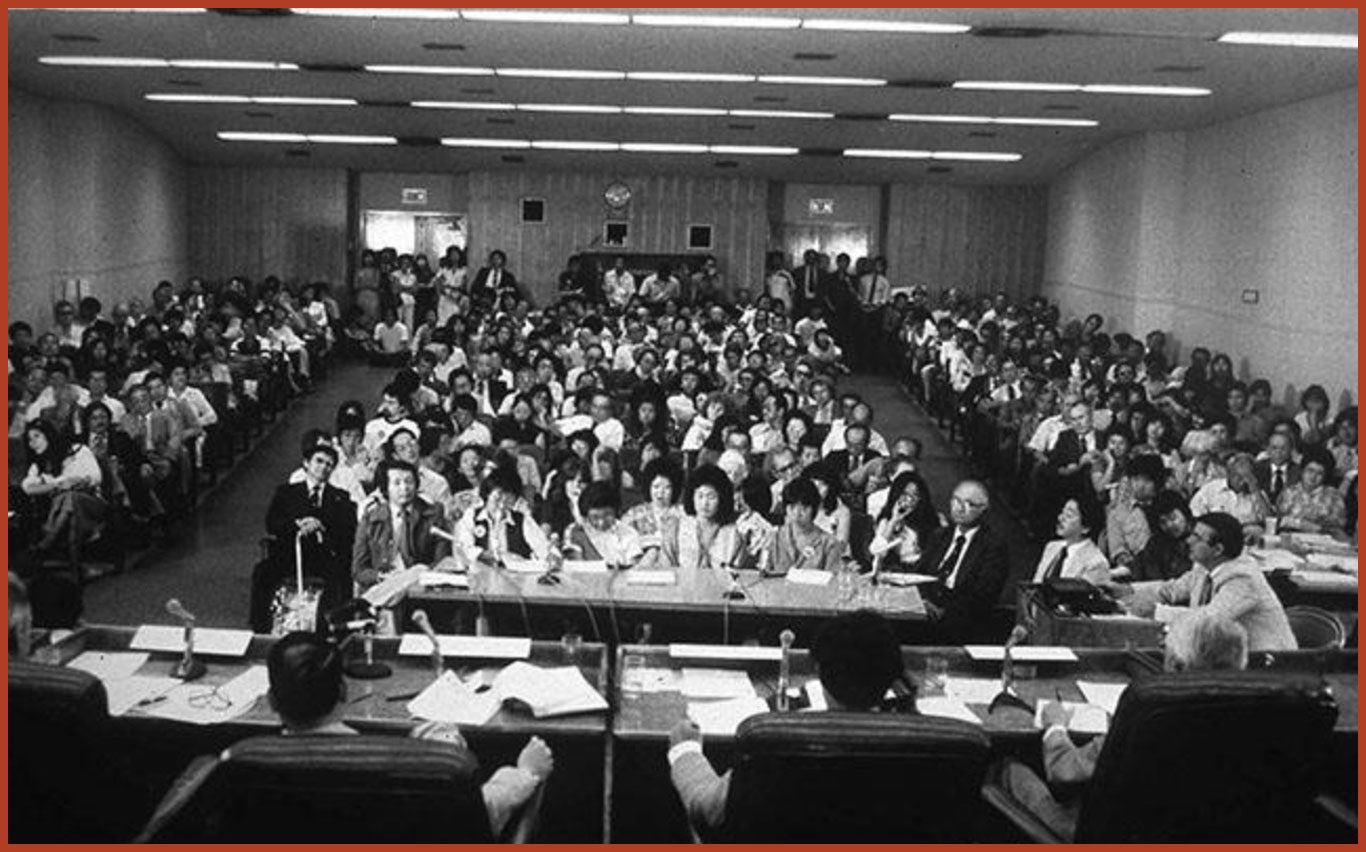
Image
L.A. Commission hearing
-
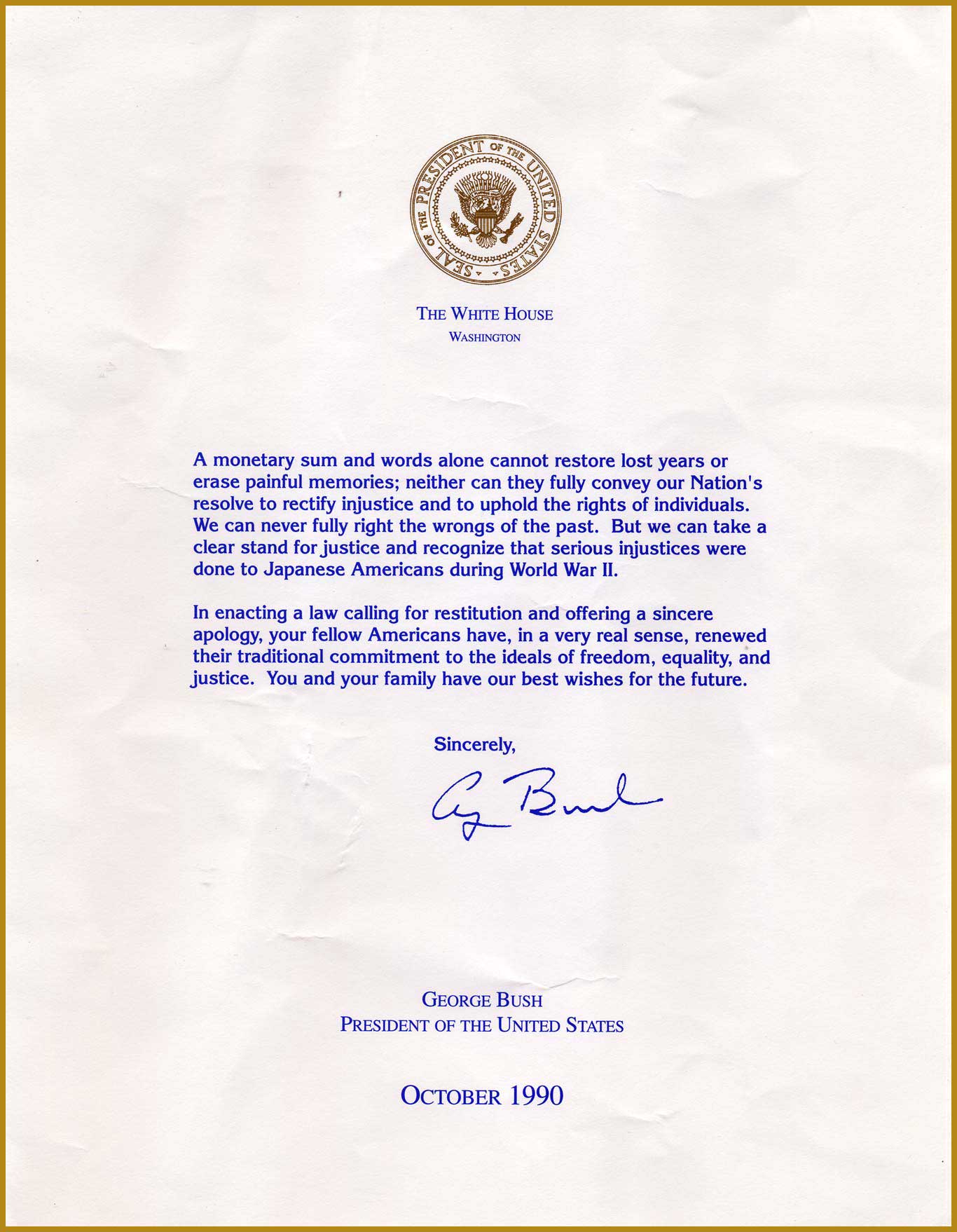
Text
Written apology which accompanied reparations checks
This written apology from former U.S. President George Bush accompanied redress checks for former camp inmates.
Chapters
# of # results



